Steering racks , like can am defender steering rack, are present in every vehicle as it is the part of the steering system. The rack and pinion parts are responsible for controlling the movement of the tires – the overall movement of the car. Specifically, it converts the rotational motion into a lateral one.
There are several types of steering racks known in vehicles – two of these are the most common ones, namely, recirculating ball steering gear and the rack and pinion steering gear. In this guide article, we will be focusing on the latter type of steering gear – the rack and pinion assembly.
1 What Is A Rack And Pinion Steering Gear, And How Does It Work?
The rack and pinion steering gear, also known as the steering rack, is the assembly of a car that is responsible for allowing the wheels to rotate accordingly when you turn the steering wheel. It is known to be the most common type of steering system. The steering rack is enclosed in a metal pipe with a tie rod connecting to each end of the rack.
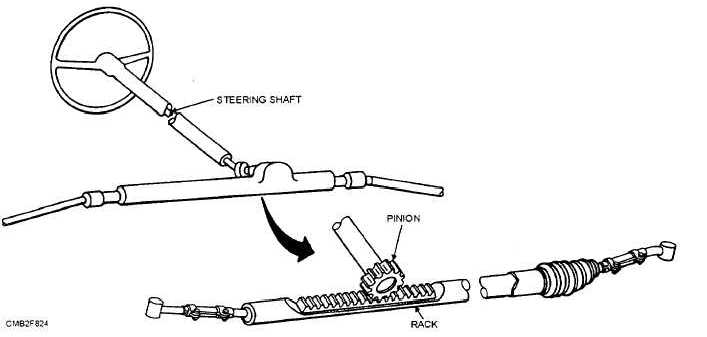
steering rack
The pinion gear attaches to the steering shaft, which connects to the steering wheel. When the steering wheel is turned, the pinion gear spins, which causes the rack to move. The tie rods on each end are attached to the steering arm, a part of the assembly connecting to the tires of the vehicle.
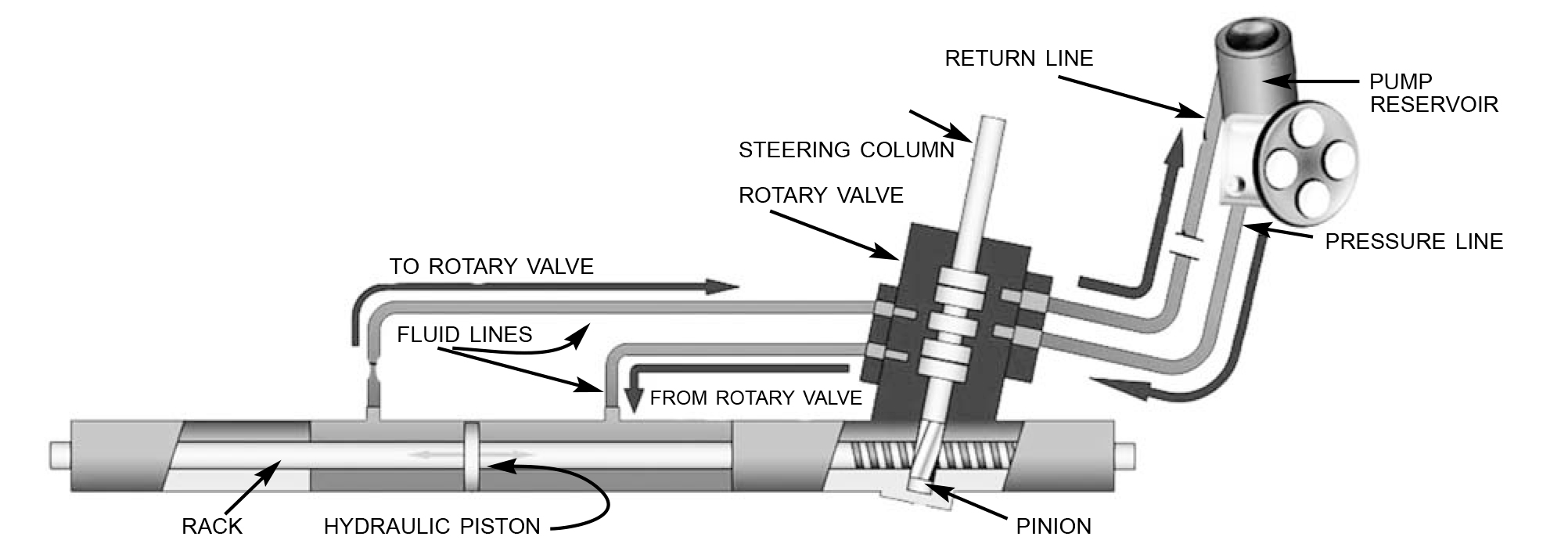
steering rack diagram
In the steering rack, a piston enclosed in a cylinder is attached. Fluid ports are on the sides of the piston, which supplies fluid with high pressure. The pressure causes the piston to move, which moves the rack.
The rack and pinion steering gear have two main functions. The first is that it converts the rotational motion of the steering wheel into a linear one. The second is that it provides a reduction or gear ratio, which makes it easier to turn the wheels from side to side.
The steering ratio of a car refers to how far the steering wheel is rotated to how far the wheels are steered. The ratio varies depending on the type of car. For example, a common ratio among passenger cars ranges from 12:1 to 20:1. For the former ratio, it means that for every 1° turn of the wheels, the steering wheel must be turned 12° to the right or left. This ratio is considered to be significantly low.
The same concept is applied to the latter ratio mentioned earlier. The lower the ratio, the better performance of the car as it requires less effort to steer the wheels from either side. On the other hand, if the ratio is higher, one must turn the steering wheel more to turn the wheels accordingly.
Now that the common functions and parts of the steering rack have been introduced, we can clearly say that it is a crucial part of a vehicle. Thus, we need to keep in mind that the steering rack must be inspected and maintained as frequently as checking the car engine.
Steering racks can fail if not maintained and checked thoroughly. Once it fails, driving your car and keeping yourself safe will be difficult. So, what causes steering rack damage?
2 What Causes Steering Rack Damage?
There are several causes of steering rack damage. You must know the condition of the steering rack. Even the slightest signs of damage can lead to the deterioration of the function of the steering rack. This can be extremely dangerous if overlooked.
Note: A normal-functioning power steering rack has a pressure ranging from 200 to 1,200 pounds per square inch or psi.
One of the most common reasons a steering rack fails is fluid contamination and a damaged steering pump. The list of the most common causes will be as follows:
●Steering Fluid Contamination
●Damaged Steering Pump
●Impaired Rubbers, Seals, and Loose Connections
●Irregular Fluid Levels
●Immoderate Force
1)Steering Fluid Contamination
Most steering is supported by a hydraulic system. This means that fluids powered by the force of pressure are utilized to create motion. Moreover, the steering fluid not only causes the steering rack to function but also functions as a coolant and lubricant. (Power steering fluid leak will cause many problems, want to know more about this topic, you can click below:
The steering rack, along with the hydraulic system, functions well if and only if the fluid in the steering rack is clean. Fluid contamination is often labeled as the most common cause of steering rack malfunction. The contamination is present in the oil on the steering rack.
The contamination can cause clogs, wear down parts, and gradually increase the friction. This happens when the oil is not maintained or replaced for a long time. Even the smallest amount of contamination, such as debris, can cause the steering rack to fail.
Once you find out that the fluid in the steering rack is contaminated, replace the oil and the hoses and pumps connecting to it – chances are high that these connections are contaminated as well. If not replaced, the steering rack will likely be damaged again.
To check if the fluid is from the steering rack, check it manually if leaks are present. Contaminated steering fluid increases the amount of friction which might cause the system to function difficultly.
To avoid this, flush the steering fluid with specific intervals to replace it with new clean fluid. Replace the steering fluid from time to time as recommended in the vehicle’s manual.
2)Damaged Steering Pump
The steering pump is responsible for providing pressure for the hydraulic fluid. The pressure runs from 400-900 pounds per square inch (psi). Remember that this pressurized fluid enables the steering wheel to turn with ease.
When the steering pump is damaged, leaks, bad steering rack noise, and other signs can be observed. If worse, the power assists in the steering will be lost, which will lead to malfunctioning in the steering rack.
If the steering rack has failed, the steering pump will continue to run with the depleting amount of oil. This will lead to worn bushings as the rotors create a rubbing motion against the sides of the steering pump. Once you notice the steering pump is damaged, prioritize changing the pump before changing the steering rack.
This is because even if the steering rack is replaced, and the pump remains the same, it will be damaged again, and money will be wasted on the unnecessary repair.
3)Impaired Rubbers, Seals, and Loose Connections
The hoses and lines that are parts of the steering rack assembly are made of rubber. Rubber is a flexible material, therefore, it enhances the performance of the overall system. However, they are susceptible to cracks. The cracks along these rubbers will potentially cause the steering rack and pinion to fail.
Seals are found between the steering rack and pinion and around the tie rods. Once these seals are cracked, shrunk, or dried out, the overall system will fail. Debris from failed seals can also highly cause contamination in the fluids of the steering rack.
Loose connections are caused by the vibrations of the vehicle. It travels through different connections which results in it being loose. Loose connections are also caused sometimes by faulty repairs and maintenance. The components and their connections should be fully tightened to secure every part in place and avoid steering rack failure.
4)Irregular Fluid Levels
The steering system only works at its best if it has the exact or approximate amount of fluid running in it. If it exceeds the appropriate fluid levels, the steering pump will continue to pump pressure which results in the collapse or damage of seals and valves – this is due to high pressure.
On the other hand, if the fluid level is way below the required amount, there will not be enough force to control the movement of the car. Remember to check the fluids from time to time, making sure it’s at the approximate required level. Otherwise, it will cause steering rack failure.
5)Immoderate Force
With power steering, the vehicle can withstand various road conditions, such as bumps, hard jolts, potholes, etc. However, keep in mind that the system cannot hold out against these conditions for extended periods. If the components such as belts, pumps, gears, and others are put under excessive stress by exerting too much force, the steering rack will surely fail, one of Spr-Zm Steering Rack from our client is just like this.
Roads or other pathways with rough terrains are okay to drive in if the steering pump is highly upgraded to withstand stress caused by force.

a. Steering Rack Proper Maintenance Tips
One of the best tips to remember when maintaining the condition of the steering rack is to check the vehicle’s vital fluids and the pressure exerted by the pumps. The important fluids in a vehicle include brake fluid, coolant, engine oil, and of course, the steering fluid.
The steering pump is important to be monitored as well as it is responsible for exerting the force of the fluids. The hoses should be checked as well as these are potential passages of fluid leaks.
b. Five Common Steering Rack Problems And Signs
Steering racks do not have the lifespan as car batteries have. Its performance highly depends on the car model, design, and the condition of the road it travels on. The steering rack can perform perfectly for ten years or more if taken care of properly. But, it can also fail within two years with poor maintenance.
For you to maintain the steering rack of your vehicle, first, you must know the common problems of a failing steering rack. The common issues will be as follows:
- Steering Fluid Leaks
- Bad Steering Rack Noise
- Steering Wheel Vibrates
- Steering Wheel Is Tight
- Unresponsive Steering
c. The Steering Fluid Leaks
Steering fluid leaks are considered to be the most uncomplicated problem to identify in a faulty steering rack. You can find fluid leaks if you see oil stains under your car. However, not all oil found under the car is automatically a steering fluid. It could be the engine oil, transmission or brake fluid, and other oil.
The best way to identify steering fluid is to check its reservoir or look directly up the steering rack. Fluid leaks can also be from the steering pump, or the rubber tubings and hoses. This is crucial to remember since vehicle owners often assume that the steering rack should be replaced with a new one if there are leaks.
If the leak comes from the steering rack, it usually specifically comes from somewhere near the tie rods. A steering fluid leak can also be identified if the color is reddish-brown or anything close to red. Check the level of the steering fluid to verify the leak better.
When the leaks are left unattended, the chemical exposures, temperature fluctuations, and damages caused by debris will cause seal failures that are connected to the steering rack assembly.
If leaks are from the pump or other tubings, changing the steering rack will render it useless. This is why checking the grounds of your parking lot, driveway, or garage is an extremely helpful method to examine the condition of your vehicle.
d. There Are Bad Steering Rack Noise
A clunking or any steering rack noise is an indication of a possible steering rack problem. It is not dangerous but it should be resolved as soon as possible to avoid it from escalating to a bigger problem.
People usually describe this clunking noise as similar to a knock on the door. This noise goes off when the steering wheel is turned or when returning it to its original position, so try to listen closely if there are clunking sounds.
The noise does not go off rapidly but with pauses in between clunking. If you hear any of it, it is safe to assume that the steering rack is slowly wearing off. However, not all clunking or knocking sounds indicate a fault steering rack – it could be that it’s from the mounting, improperly placed struts, etc.
To verify the issue, try looking for car mechanics to diagnose your car’s condition more accurately and better.
e. The Steering Wheel Vibrates
If the steering wheel vibrates or shakes when you use it, the steering rack could be worn out. Vibrations from the steering wheel are sometimes normal if the roads are uneven or when you step the speed up. However, if it vibrates under normal conditions, it is a steering rack problem.
Remember that to conclude that there is a steering rack problem, see that the vibration is directly coming from the steering wheel. Try to observe the severity of the vibration or shake as well to further diagnose the steering rack’s condition.
f. The Steering Wheel Is Tight
The power steering rack is supposed to make the steering and driving experience more comfortable, convenient, and easier. It should almost feel effortless when turning the steering wheel despite the weight of the vehicle.
If you find the steering wheel hard to steer or if it feels tight, this is could be another steering rack problem. A tight steering wheel often roots to the electric and hydraulic steering system. While it could be possible that it is a steering rack issue, it can also be caused by the steering pump or by other components in the assembly.
Even if the area is well-lubricated, friction develops over time, possibly caused by high pressure, which causes abrasions in the steering rack’s gears. Once this continues for a long time, it is then that the steering performance is affected.
This is why the steering wheel will become tight to steer. When the vehicle has a tight steering wheel, avoid going for long distances as it could cause fatigue and stress on the system. Stress is accumulated over a long period, and if it is not dealt with properly, it will cause more problems in the future.
Get this issue fixed as soon as possible or look for a car mechanic expert to examine it better.
g. Unresponsive Steering
Unresponsive steering is a dangerous problem concerning the steering rack. Unresponsive steering refers to the situation when you try to steer the steering wheel to one side, but it remains moving straight.
Unresponsive steering is a fault within the steering rack. Avoid driving when the steering wheel is unresponsive as it could cause accidents, especially when driving under traffic or on a highway. Have this issue fixed as soon as possible and get it thoroughly checked while you’re at it.
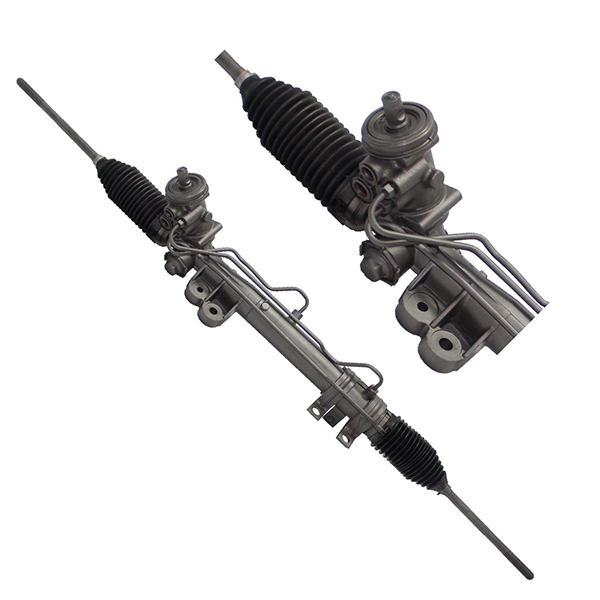
3 What To Inspect After Repairing?
After you have determined the cause, signs, and problems, and have done a repair, there are things that you should remember after changing the steering rack. It is crucial to conduct inspections to make sure that it is not a faulty repair and that the vehicle is functioning properly.
1)Check The Steering Fluid Level
Consider this as the first thing to do after changing the steering rack. See that the fluid level lies on the range level as recommended or instructed by the vehicle manufacturer. Remember, the fluid level must be neither exceeding nor lower than the advised level as it can cause different steering rack issues.
2)Get Your Vehicle Aligned
Car alignment is important after changing the steering rack. If the vehicle is not aligned properly, it will cause a steering malfunction and may damage the overall system.
3)Inspect The Steering Pump Seal
The seals of the steering pump must be inspected further to check for leaks. It won’t hurt to be extra cautious even after changing the steering rack. Remember, fluid leaks do not automatically mean that it comes from the steering rack.
Even if the steering rack is new but the leak coming from the steering pump remains unattended, the fluid leak problem will not be eliminated.
4)Check All Steering Components
While it is important to inspect the steering pump seal, checking all the other steering components for leakages is crucial as well.
5)Check The Steering Pump Belt
The steering pump belt must be checked too. If there are defects, the steering pump will not function properly, and the steering will have irregular movements or erratic.
4 Conclusion
The steering rack is a critical component of a vehicle. It serves as the essential link between the steering wheel and the wheels of a car. Without a steering rack, the car can neither be steered nor controlled, causing no motion to occur.
A damaged steering rack can cause danger to both the driver and other people. Thus, as a responsible car owner, you need to be aware of your car’s condition, especially the steering rack.
You should know the common signs and problems of a defective steering rack, as well as its causes. Knowing the cause of a problem will help you avoid letting the steering rack become faulty.
As you might have noticed, the highlight, and probably the main cause of the damaged steering rack, is the contamination of the steering fluid. Although this is what most people emphasize, the other causes, such as the fluid levels, loose connections, damaged seals, belts, defective steering pumps, increased levels of stress and force on the steer, and more are important to remember as well.
If you decide to change the steering rack or do other repairs, do not forget to follow the necessary inspections to do to ensure better safety.
Now that you know everything there is to know about the steering rack, including its functions, parts, common signs and problems, and the causes of the damaged steering rack, it’s time for you to inspect your car.
_____
If you want to know about our steering rack factory where I work, come see our YTB channel!
The Previous Articles:
What Is Rack and Pinion Bushing? How To Tell If Rack and Pinion Bushings Are Bad?
Why Steering Rack Makes Noise When Turning?
How To Rebuild A Steering Rack?
What Is A Rotary Valve Power Steering Rack?
Rack And Pinion System Vs Power Steering System: What Are The Differences?
Power Steering Rack Market Analysis Report (Japan Market)
What Causes Steering Rack to Go Bad?
Design Of Car Rack And Pinion Steering Racks
What Is The Intelligent Steering Rack Used By VW, Toyota, Honda And Renault?

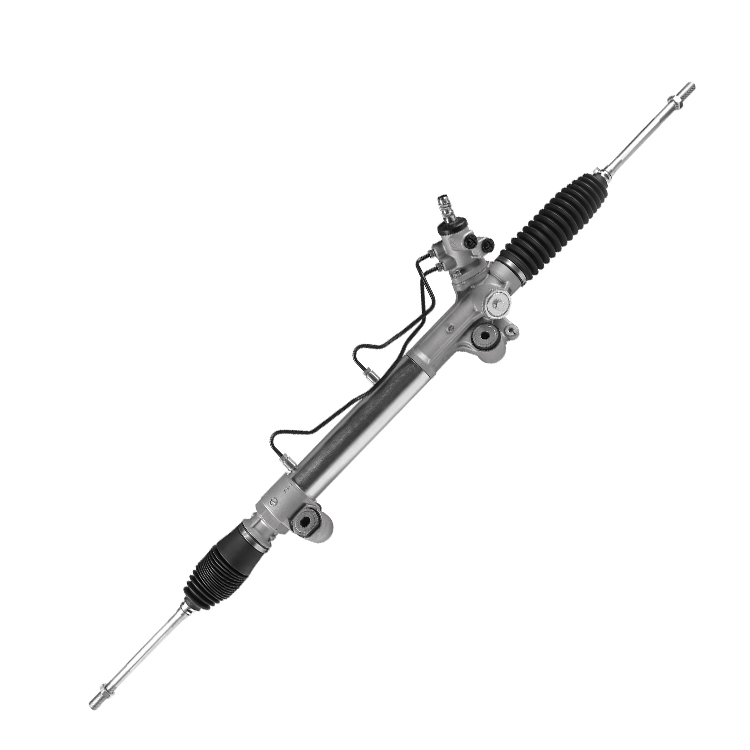

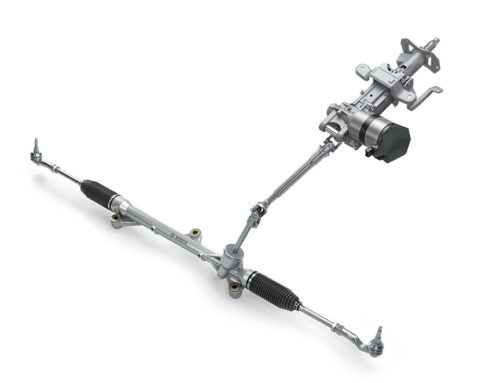
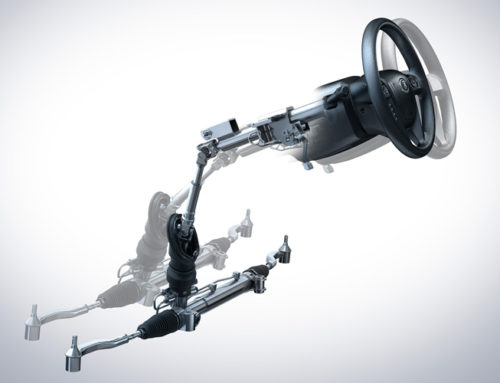
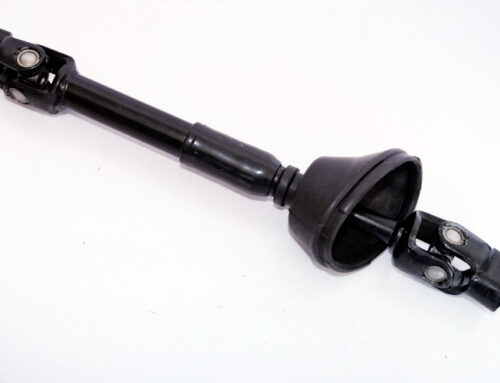
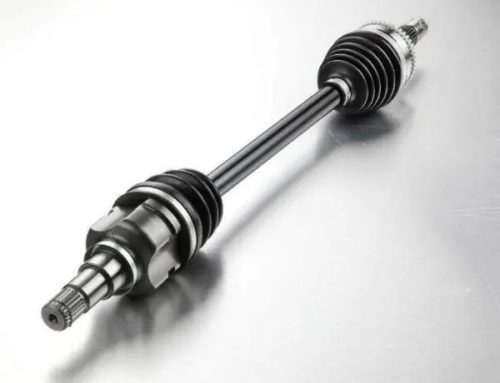
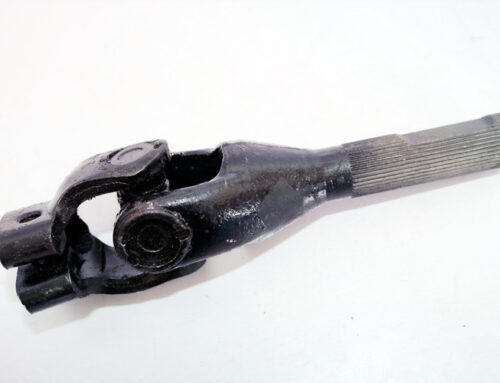

Ohh, its fastidious discussion about his article here at this web site, I have read all that, so now me also commenting aat this place.
thank you!
Very good post! We will be linking to this great content on ourr website.Keeep up the great writing!
thank you!
Thanks – Enjoyed this article, can I set it up so I receive an update sent in an email when you write a fresh article?
Simply wanna remark on few general things, The website style and design is perfect, the articles is very good : D.
Its like you read my thoughts! You seem to understand so much approximately this, like you wrote the e-book in it or something. I feel that you just could do with some p.c. to pressure the message house a bit, however instead of that, that is excellent blog. A fantastic read. I will definitely be back.